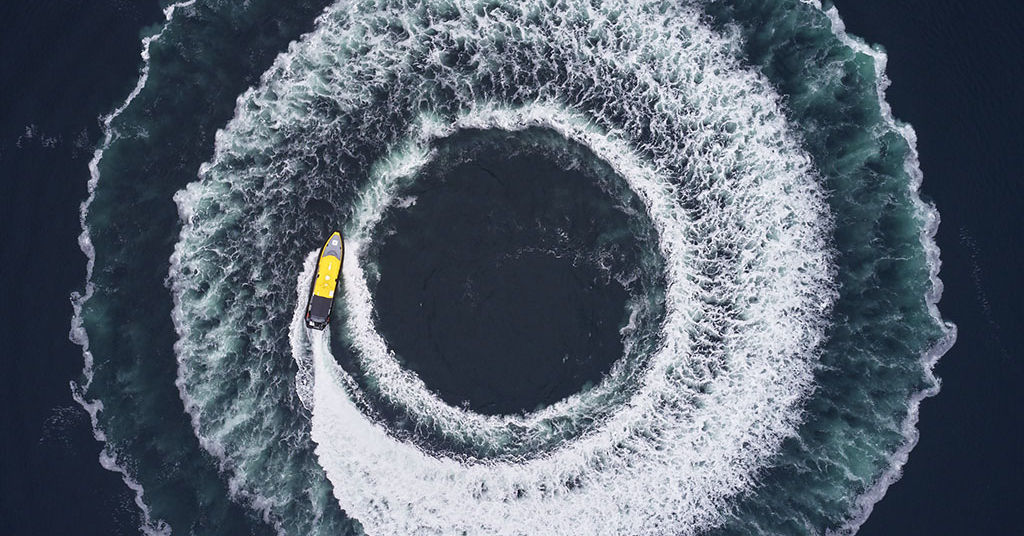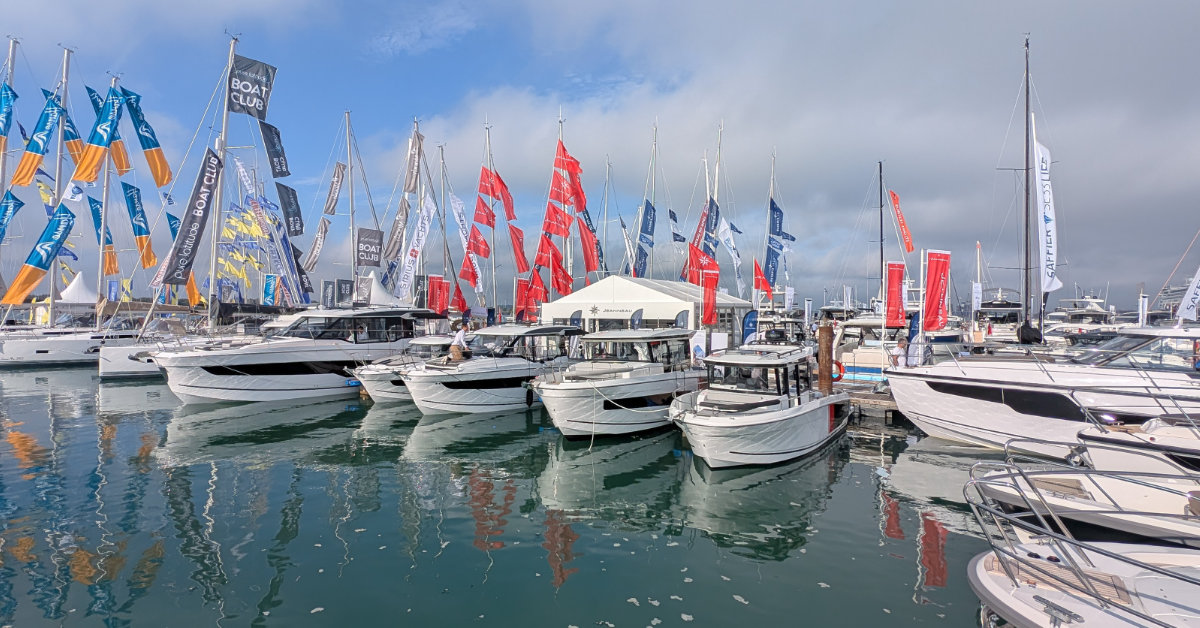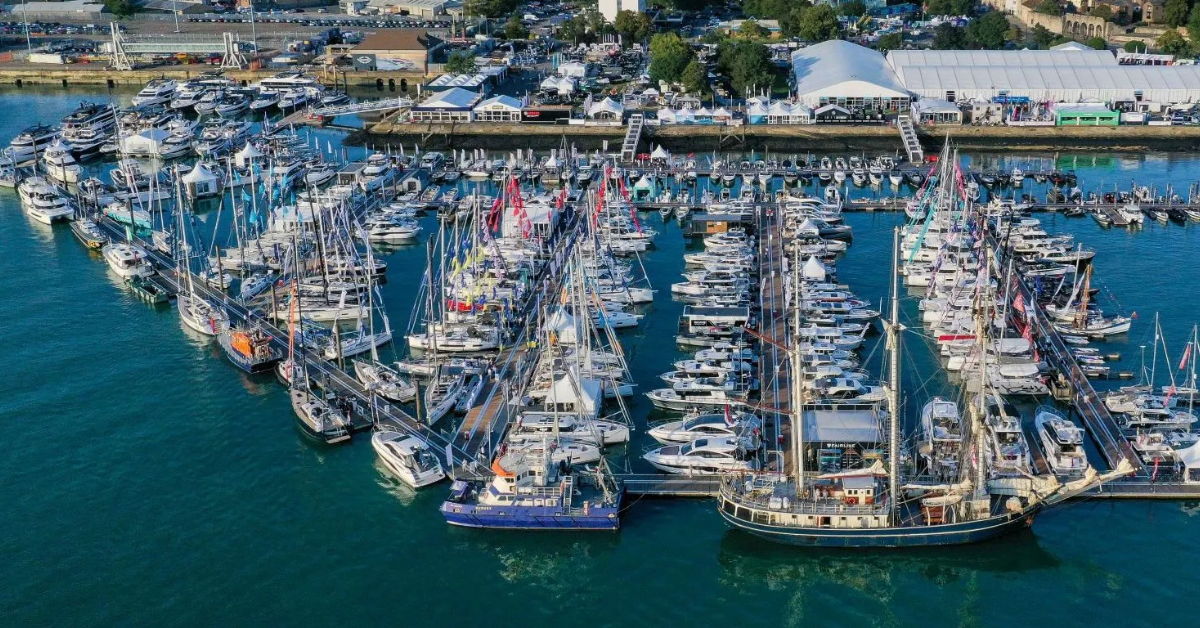Home » News & Events »
Morgan Marine Chandlery – Surviving Winter – A step by step guide
Dealing with Condensation
Winter sailing or living aboard over the winter months can be harsh. Thing are always made worse by the scourge of condensation. People depend on heat to survive but when that warm air comes in to contact with cold surfaces it creates condensation. This moisture in warm air settles and condenses onto cold surfaces such as windows, metal parts, sinks, fastenings and even through hulls. This in turn can affect electrics, finishes, adhesives, and allow mould and other microorganisms to start growing which can smell. It is also one of the main reasons for the development of rot in a boats wooden interior.
Here’s how it works: Warm air holds water, cold air doesn’t, but it’s wholly impractical to live on a vessel with permanently opened hatches. But it’s a fact that an unheated boat interior with open hatches would help maintain a similar moisture level with the exterior, and this would stop vapour from building in the air, and in turn condensing on cold surfaces. It would be sensible especially when cooking or showering to let the warm evaporated liquids escape as opposed to settling on interior surfaces.
One impractical and expensive option, would be to keep the on-board heating system running with some hatches constantly open so that when moisture can disperse through the openings. Surfaces would remain warm and stop any water from condensing on them. Obviously if it rains you have a secondary problem – as you don’t want rain water finding its way in!!
As any ‘warmth’ that’s trapped in a boat will always hold moisture – and all its associated problems so you need to ensure that plenty of air movement is allowed inside the boat, whether the boat is heated or not.
It’s always a good idea to remove items that can trap moisture which you don’t use regularly – fabrics, cushions, books, rugs and any clothing. If this isn’t practical consider purchasing a vacuum bag or clothes compactor. These are plastic bags with a one-way valve that can be attached to a vacuum which then sucks out all the air and moisture, ensuring that the items within remain mould and moisture free.
Essentials such as toilet paper, cloths and regularly worn clothing should be bagged and only removed when needed, so that they remain dry and reduces areas that absorb moisture. Of course it’s worth considering a dehumidifier at this stage – more of which later in this article.
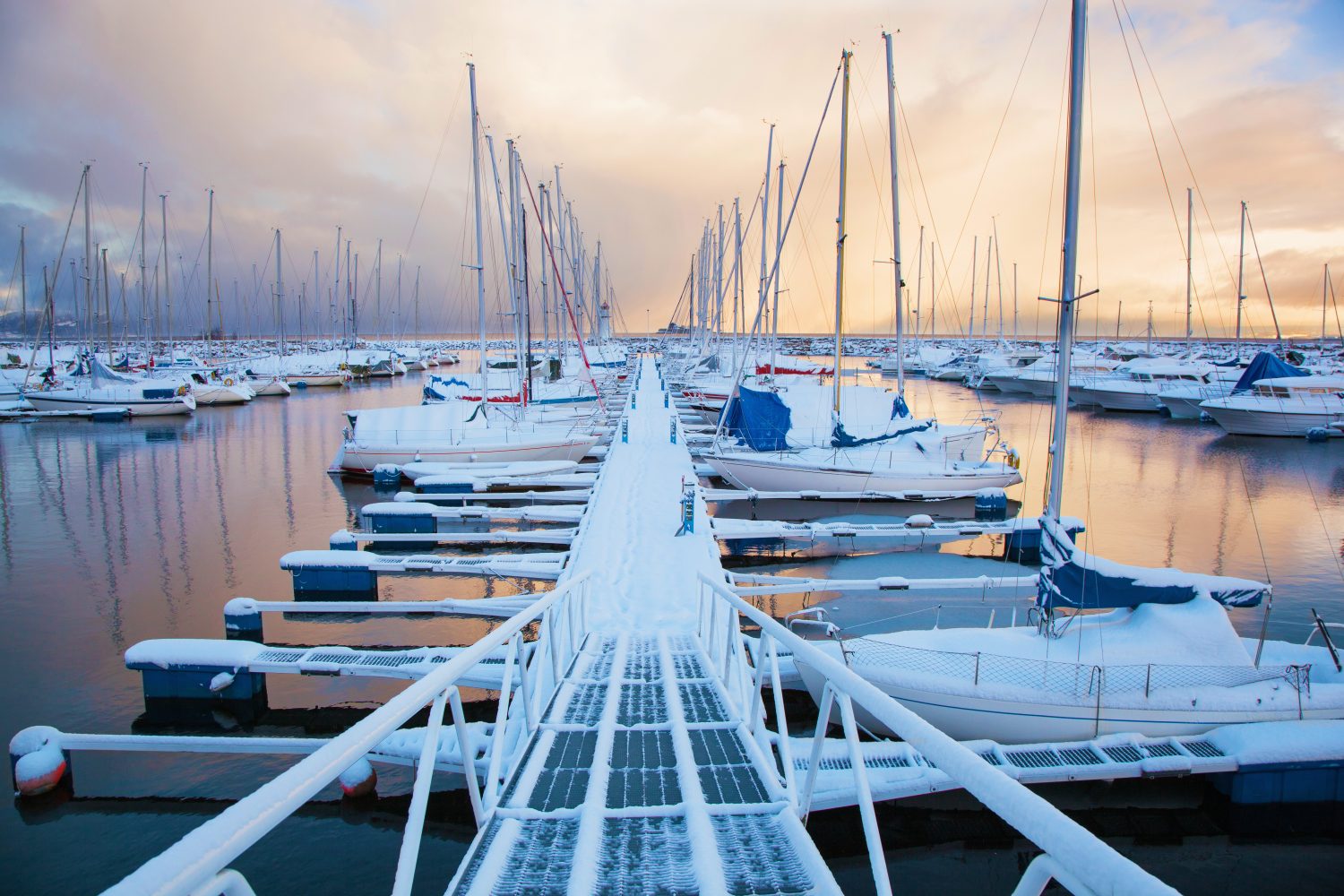
Preventing Mould
Your daily routine should always include wiping down areas like the galley, head and eating tables with a mild bleach to stop the growth of bacteria and mould. This isn’t only a hygienic and comfort requirement but a health requirement too as bacteria can lead to respiratory issues.
Diluted vinegar sprayed from a bottle is always a good alternative to bleach. Leave on for a few hours, then scrub the mould with a brush. Tea Tree Oil, citrus seed extract, hydrogen peroxide or baking soda all have cleaning properties that kill mould spores. All these are worth looking at in greater detail.
The market is full of equipment that would assist living aboard through the winter. It would be a good idea to invest in a solar vent. Retailing at about £60, a solar vent is powered solely by energy from the sun, can move a substantial amount of air which in turn prevents mould, condensation, mildew, musty odours and damp, and dependent on its location avoids heat build-up at the area being ventilated.
However challenging the control of condensation proves to be, heat is essential if the boat contains equipment that would be harmed by freezing. Water tanks, hoses and batteries will all malfunction if frozen, so some form of heating on-board is crucial.
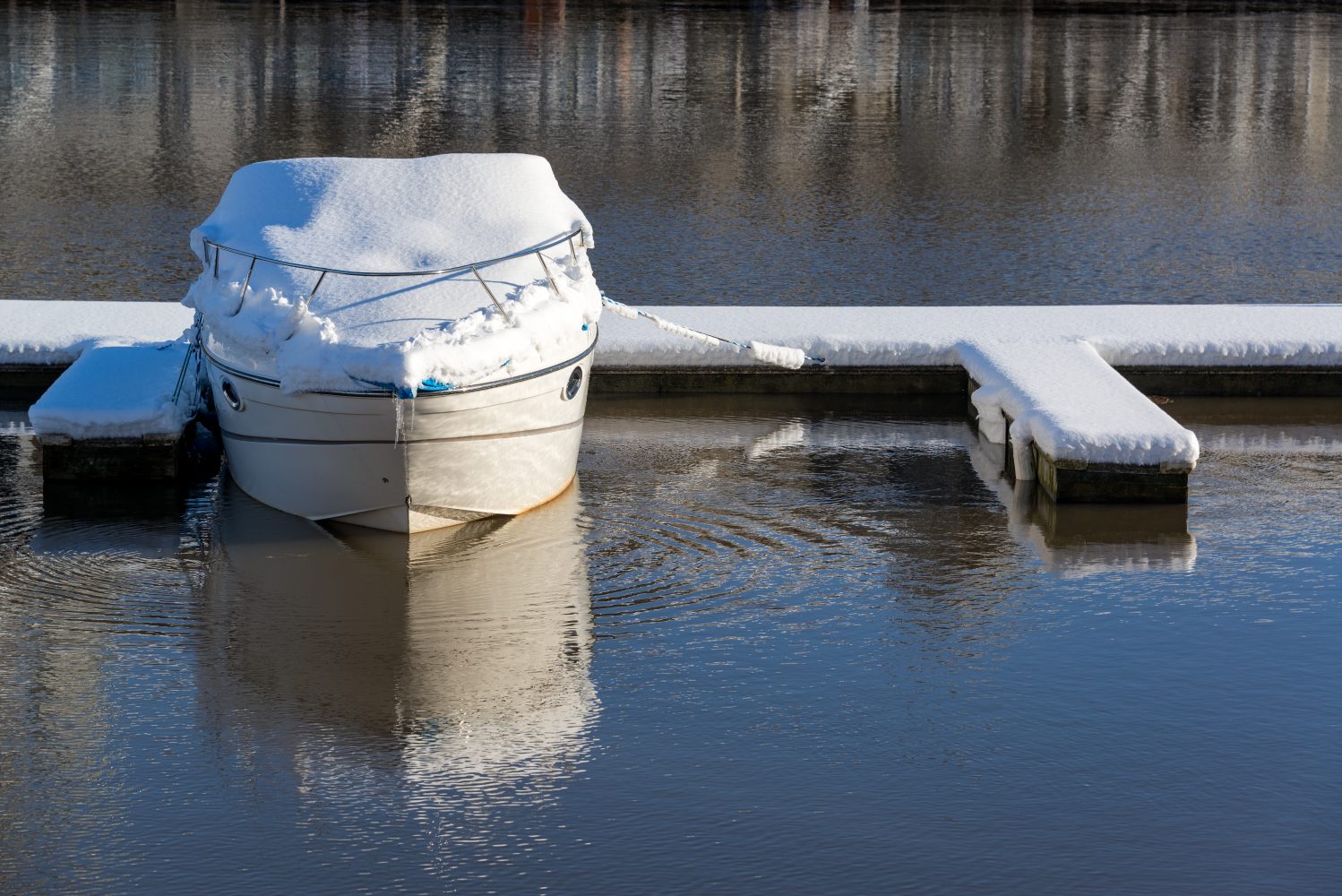
Keeping Warm
There are several heating systems designed for vessels, and these run-on diesel or electric. Electric just heats the air and therefore it’s essential to have a heater that has a fan built in. Diesel or fuel oil heaters on modern boats are more efficient but must vent outside Older diesel heating systems can also give off fumes! So any heating system must be fitted by a qualified fitter due to the real danger of carbon monoxide poisoning. A carbon Monoxide detector MUST be fitted… (less than £20 on Amazon).
There are many respected heater manufacturing brands include Ecomat, Eberspächerand Propexwith many products for sale at prices in excess of £400. The market is full of cheaper alternatives which would be an option if the budget was an issue. Oil filled radiators have modernised immensely over the years and now you can buy a decent one for around £50. They’re sealed so there’s no risk of leakage, they come with all sorts of additions such as thermostats and timers, and they’re efficient too. Propane heaters give off high moisture in their burned exhaust and have the added danger of an open flame so best avoided unless you have no alternative. One of the newer systems that Morgan Marine stock in our Chandlery are Infra-Red panels. These are a lightweight Carbon Crystal panel which project heat nicely drawing only 200watts max … Available curved or flat they are far more efficient than a convector heater and ideal for the winter.
Whatever you buy look for a weatherproof IP44 rating– for use in areas and environments where water could come into contact with the heater. This is essential for any seafaring environment. Lastly, have a backup! You need a spare or an emergency heater in case your prime source fails. Temperature on boats during the winter plummets due to the hull being in contact with near freezing water. If your heating dies, you may not have time to wait until morning or the shops open or the engineer can come out or you reach land!
Controlling Humidity
Dehumidifiers are fantastic for removing moisture but they work better in a warm boat than a cold one! There are two basic types of dehumidifier: an electric dehumidifier that needs constant power, or a chemical desiccant that collects the water in a tray, the chemical dissipates when the water is collected through it and needs to be replaced on a regular basis.
The traditional form of a dehumidifier (and one that has now been around for several decades) uses a compressor to create a cold surface inside a box. The warm moist air is drawn over this surface and as it makes contact, the moisture condenses into liquid water. This moisture is then collected in a reservoir and the dry air is pushed back out into the room. They’re cheap to buy and run and relatively low maintenance. You just need to empty out the water reservoir on a regular basis.
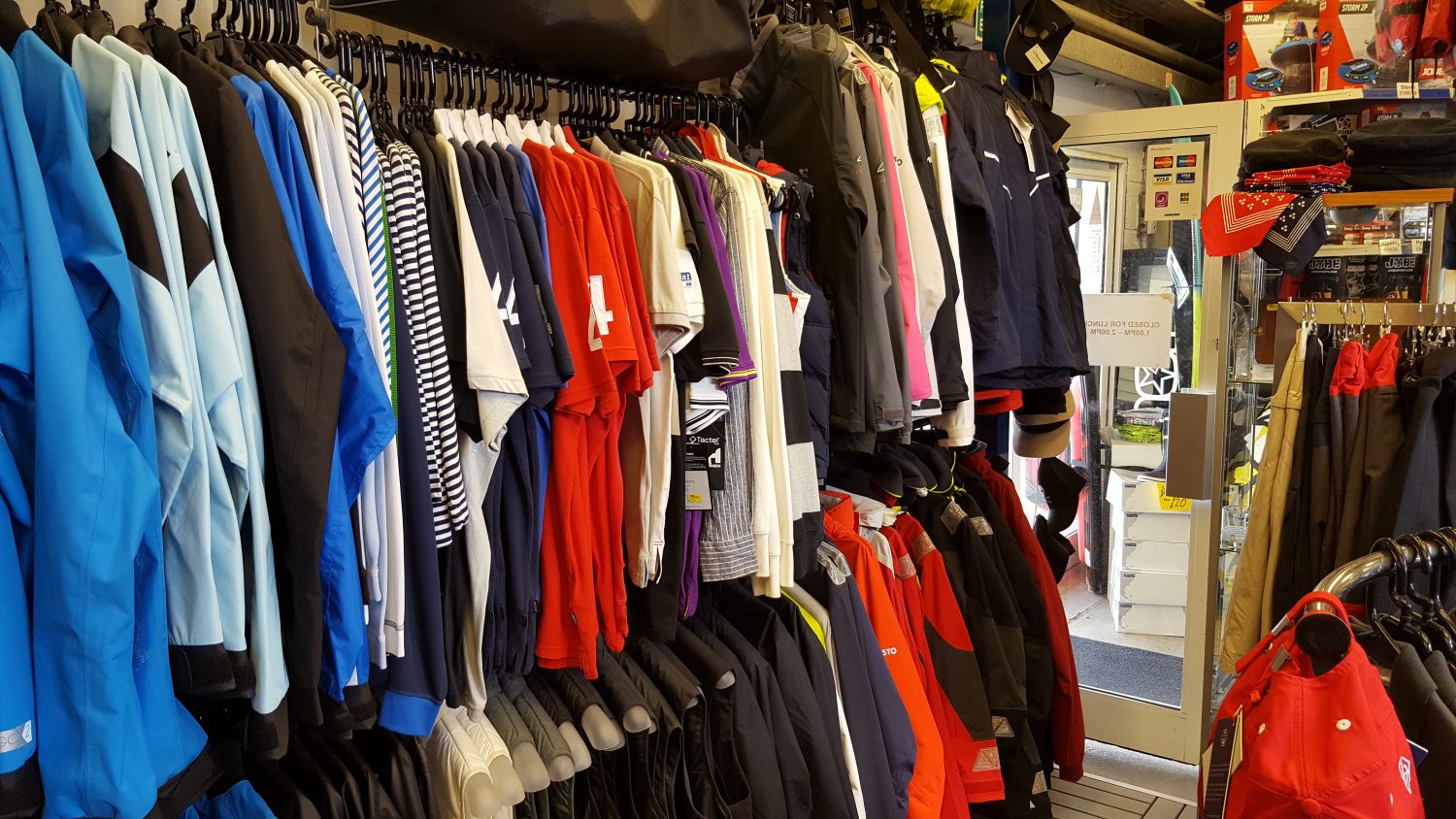
Wrapping Up
There is an old Norwegian saying, “There’s no such thing as bad weather, only bad clothes”. This applies to anyone who goes to sea or the outdoors. A sensible sailor will be dressed for all seasons including the winter, wearing multiple layers, appropriate gloves, hats and socks to protect their extremities. In the Morgan Marine chandlery, we stock a good range of extreme weather clothing as well as genuine Guernsey sweaters, thermal underwear, hats, gloves and boots. Keeping your clothes dry is essential and if drying clothes in an enclosed cabin bear in mind all the above points! It may be a good idea to find a laundrette nearby…
back to posts


